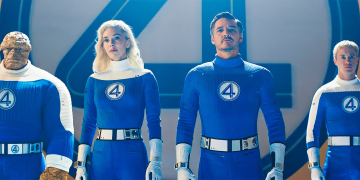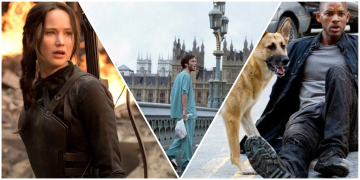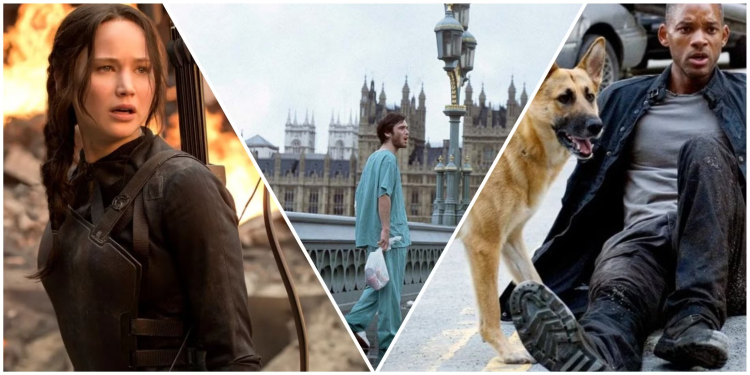From desolate wastelands to ruined cities, from deadly pandemics to AI takeovers—post-apocalyptic cinema has become one of the most captivating and haunting genres of modern film. These stories portray not just the collapse of civilization, but the raw, stripped-down essence of human nature.
But here’s the paradox: while we fear the future, we can’t look away from its darkest possibilities. Why do we keep watching the world end on screen?
1. The Strange Allure of Collapse
Post-apocalyptic films depict a world where the old order has fallen: resources have vanished, plagues have spread, war has broken out, or humans have been overrun by zombies, machines, or environmental ruin.
Iconic examples include:
- The Road (2009): A father and son roam a dead world where morality is a luxury.
- Children of Men (2006): Humanity has lost the ability to reproduce—and hope.
- The Book of Eli (2010): A blind man protects the last copy of a sacred book that might rebuild civilization.
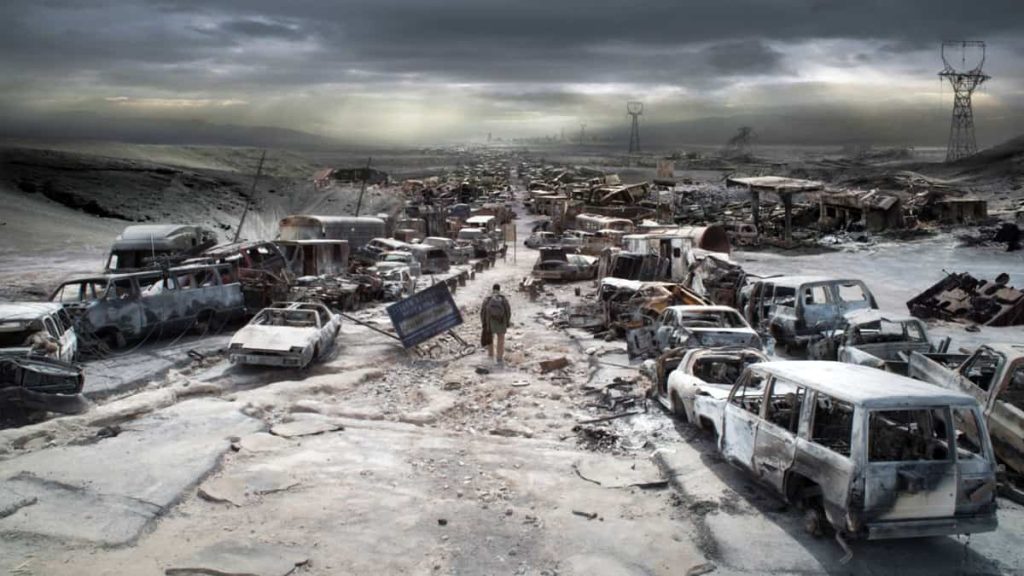
Caption: “When everything is gone, what still matters becomes clear.”
2. A Reflection of Our Times
Post-apocalyptic stories mirror real-world fears: climate change, pandemics, nuclear threats, AI revolts… These films let us experience dread in a safe way, turning collective anxiety into catharsis.
They’re not just imagining destruction—they help us process uncertainty and ask: What would we do if everything changed tomorrow?
3. The Human Condition, Unmasked
At their core, these films explore not the end—but what’s left after the end. When rules, systems, and comforts are gone, what remains of humanity?
- I Am Legend (2007): A man alone in a virus-ravaged world, caught between science and faith.
- Mad Max: Fury Road (2015): A desert future where water is power and survival is brutal.
- The Last of Us (2023): A fungal infection turns humans into monsters—but the real threat is other survivors.
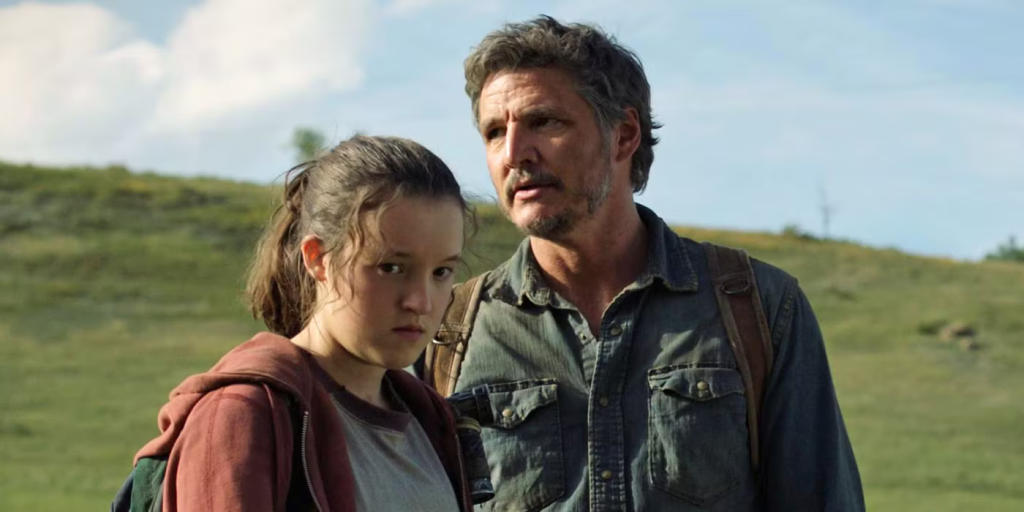
Caption: “It’s not the infected you fear most—it’s the survivors.”
4. Hope Amid the Ashes
Strangely, many post-apocalyptic films end not in despair, but in hope. A child still breathing. A seed still alive. A hug between two of the last people left on Earth.
Even in ruin, these stories show the resilience of the human spirit. We long not just to survive—but to start over.
5. Prophecy or Cautionary Tale?
Some films feel eerily prophetic. Before COVID-19, Contagion (2011) was dismissed as exaggerated. During the pandemic, it became one of the most-watched films worldwide.
These aren’t just disaster fantasies. They are reminders. If the world ends—who will we become?
Must-Watch Post-Apocalyptic Films
- 28 Days Later (2002) – A viral outbreak and rage-fueled zombies
- Snowpiercer (2013) – Humanity survives on a train endlessly circling a frozen Earth
- Wall-E (2008) – Earth abandoned, a lonely robot still tidies up
- The Road – Stripped-down, brutal, achingly human
- Love and Monsters (2020) – A hopeful take on survival with heart and humor
Final Thoughts: Not Fear, But a Mirror
These films aren’t about glorifying doom. They’re about stripping us down to our core. When laws disappear, when comfort vanishes—what choices do we make?
Post-apocalyptic cinema reminds us that even in the darkest times, a flicker of kindness, a small act of love, a fragile hope—can be enough to begin a new world.





